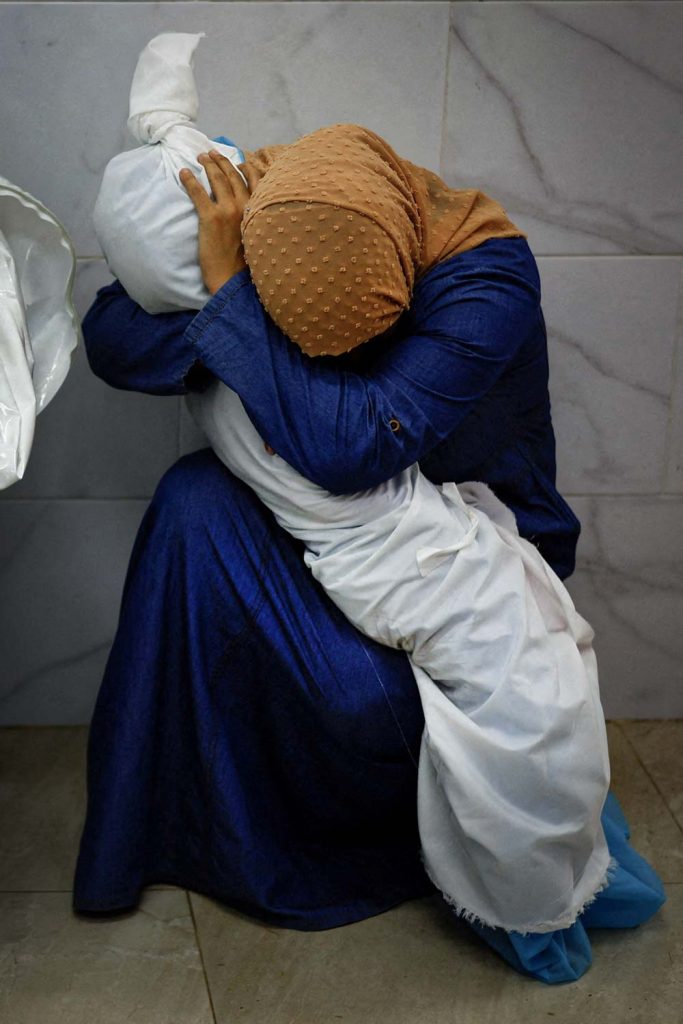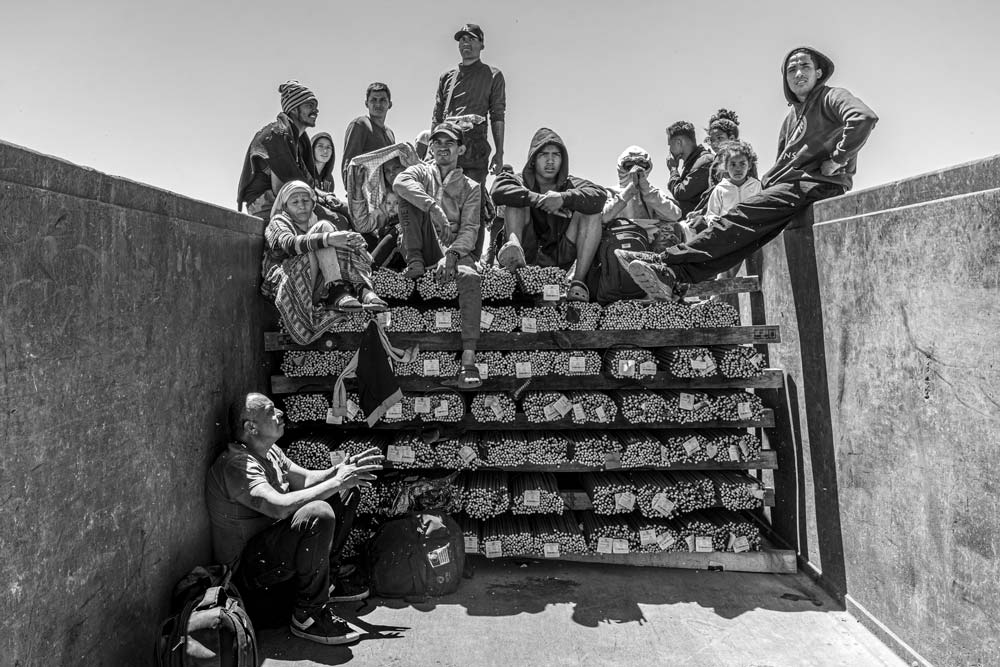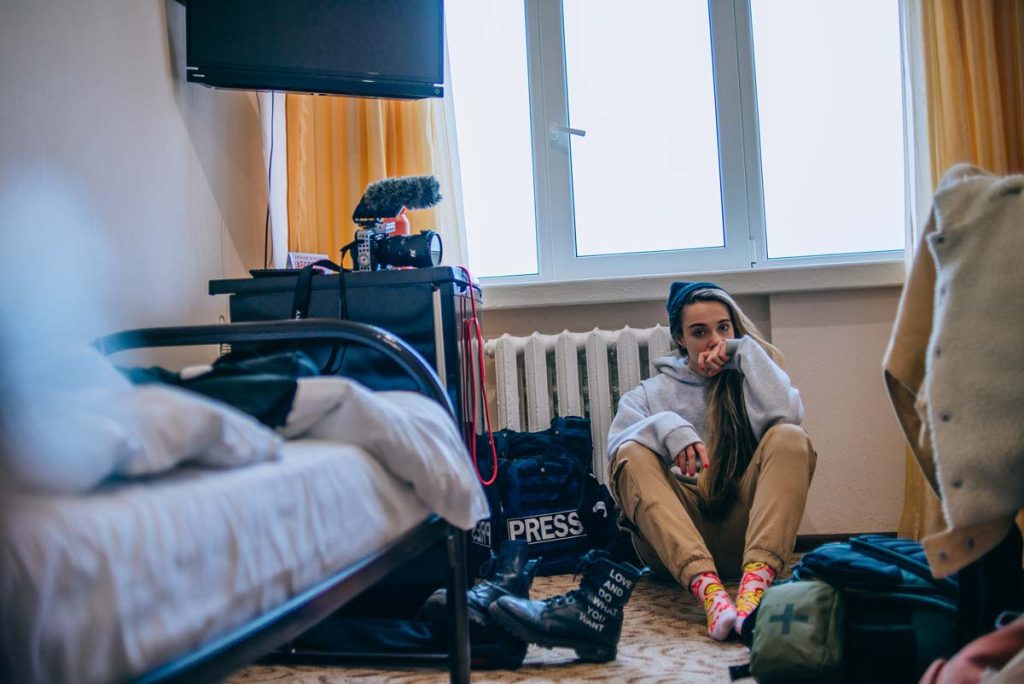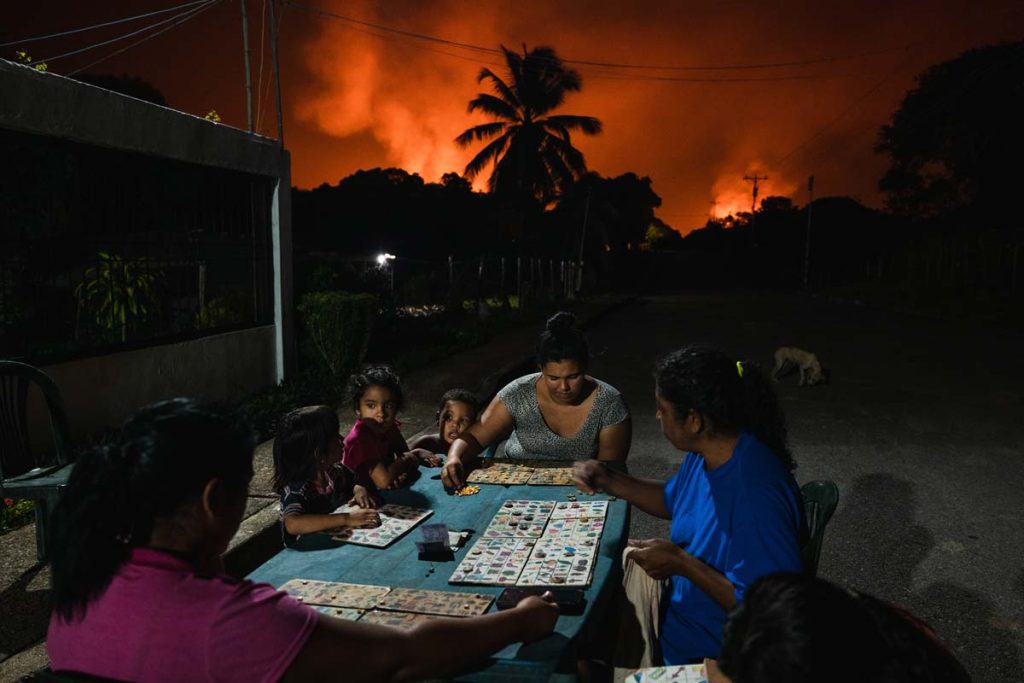What a Thousand Words Can’t Say
Usually these images feel like a celebration of the individual stories unspooling across the world, a sliver of someone’s life captured and memorialised. This year that feels somewhat trite as the winning image from the 2024 World Press Photo Contest comes from Routers photojournalist Mohammed Salem, a Palestinian reporter in the thick of events that are currently tearing the world in two.
His image captures Inas Abu Maamar cradling the body of her niece Saly (5) who was killed, along with four other family members, when an Israeli missile struck their home in Gaza in October. The judges of the image also noted that this subject matter won Mohammed Salem in this same competition over a decade ago. His last image taken in 2009 featured a shot of White phosphorous being exploded in an urban area as they once again came to blows with Hamas. This is banned under international law.
The circularity of this conflict is a misery factory, and it is Palestine’s only export. We have to see these images and learn from them. We have to try something different.
A Palestinian Woman Embraces the Body of Her Niece

Photography by Mohammed Salem, Palestine, Reuters
At the outset of the Israel-Hamas war, Israel instructed Gazans to evacuate to the south for their safety. Yet, according to reports from The Guardian and Al Jazeera, Israeli airstrikes heavily bombarded Khan Younis in southern Gaza from mid-October. Many of those killed were families who had left Gaza City days earlier. By the end of 2023, Palestinian women and children accounted for more than two-thirds of the death toll in Gaza, according to OHCHR. The photographer describes this photo, taken just days after his own wife gave birth, as a “powerful and sad moment that sums up the broader sense of what was happening in the Gaza Strip”.
The Two Walls
Photography by Alejandro Cegarra, Venezuela, The New York Times/Bloomberg
Since 2019, Mexico has transformed from a country that welcomed migrants and asylum seekers at its southern border to one that enforces strict immigration policies very similar to those of the United States. Immigration and foreign policies implemented by different US administrations, COVID-19 protocols, and political and economic turmoil across Central and South America contribute to the ongoing crisis at Mexico’s borders. These factors expose migrant families to violence, corruption, and precarious conditions in border towns. Informed by his own experience of migrating from his home in Venezuela to Mexico in 2017, photographer Alejandro Cegarra initiated this project in 2018 to document the plight of these deeply vulnerable migrant communities and highlight, with respect and sensitivity, their resilience.
The Escape

Photography by Zied Ben Romdhane, Magnum Photos, Arab Fund for Arts and Culture, AIM LAB
Tunisia’s 2011 revolution, which catalyzed the “Arab Spring”, instilled hope in Tunisians aspiring to democracy, social justice, and freedom of expression. However, the subsequent decade witnessed political instability, persistent economic crises, and social inequality, impacting young people especially. More than 40% of Tunisia’s population is aged 15–34, with unemployment of youth under 24 at around 40%. This project explores the lives of young Tunisians and aims to contribute to discussion on including them in a better future.
Looking for Satyrus

Photography by Rena Effendi, VII Photo, National Geographic Society
The Satyrus effendi is a rare butterfly species named after Rustam Effendi, a Soviet Azerbaijani entomologist and the photographer’s father. Rustam Effendi collected tens of thousands of butterflies in his lifetime, traveling across what is now the contested borderlands between Armenia and Azerbaijan to hunt and collect specimens. His death in 1991 coincided with the beginning of decades of conflict over the mountainous Nagorno-Karabakh region. The photographer retraces her father’s footsteps for this project, traversing the now war-torn region in search of Satyrus effendi, which flies along the spine of the Zangezur ridge, between two countries in conflict. In her pursuit, Effendi met people on both sides of the frontline, who helped her along the way, proving that humanity prevails even in places ravaged by war.
War Is Personal
Photography by Julia Kochetova
Amidst tens of thousands of civilian and military casualties and an effective stalemate that has lasted for months, there are no signs of peace on the horizon for Russia’s war in Ukraine. While news media updates its audience with statistics and maps, and international attention drifts elsewhere, the photographer has created a personal website that brings together photojournalism with the personal documentary style of a diary to show the world what it is like to live with war as an everyday reality.
I Am Still With You
Photography by Wang Naigong
This project is a private visual record that aims to explore the concept of family photos. In close collaboration with the family, the photographer tells the story of Jiuer, a young mother of three in northern China who gains more understanding and appreciation for life in her final years after being diagnosed with cancer. Before her surgery, Jiuer invited the photographer to take some family photos, and later, when her condition deteriorated, asked her to record the time she spent with her children.
Red Skies, Green Waters
Photography by Adriana Loureiro Fernandez, for The New York Times
Around the turn of this century, oil-rich Venezuela was prosperous, but its fortunes declined following plummeting oil prices, economic mismanagement, sanctions, and political instability. Oil spills from obsolete infrastructure and methane produced by the refining process ravage the environment. In the meantime, nearly 82% of Venezuelans live in poverty, according to the OHCHR. This story eloquently portrays the harmful impacts of industry on both the environment and the social fabric of Venezuela.
Adriana Loureiro Fernandez made these images on assignment for The New York Times, in collaboration with Isayen Herrera and Sheyla Urdaneta.
A Day in the Life of a Quebec Fire Crew

© Charles-Frédérick Ouellet, for The Globe and Mail, CALQ
Theo Dagnaud scans the horizon to ensure that firefighter patrols have left, and he can mark the area as “controlled”. Quebec, Canada, 13 July 2023.
Fueled by high temperatures and dry conditions, gigantic summer forest fires swept across Canada in 2023, affecting all 13 provinces and territories, especially northern parts of Quebec. The record-breaking fire season began early and ended late, burning nearly three times more land than usual.
The jury felt that the iconic composition of this single image – reminiscent of a monument – stands as a powerful symbol of our losing battle against climate change, and a metaphor for our collective arrogance in the face of the crisis.
No Man’s Land
© Daniel Chatard
Germany positions itself as a leader in the transition towards renewable energy by 2030, yet remains heavily dependent on coal for energy production. In the Rhineland, forests have been cleared and villages demolished since the 1970s to make way for the Hambach and Garzweiler open-pit coal mines. In 2012, activists began occupying parts of Hambach Forest and later the village of Lützerath to resist these measures, managing by 2023 to save a remainder of the forest and five of six such villages scheduled for destruction.











